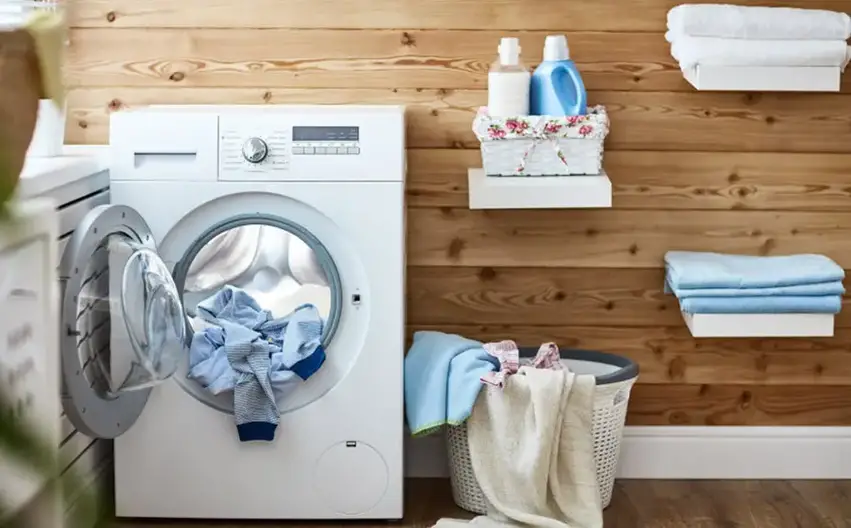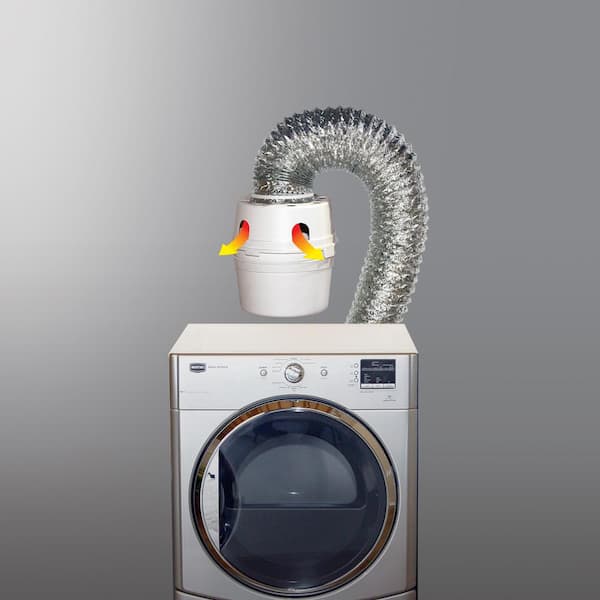Dryer vent system That is designed to vent inside rather than outside. When possible, it’s always best to vent outside in order to prevent potential hazards and, most commonly, uncomfortable conditions in the home, especially during hot summer weather. But, if there is no way to vent your dryer outside, there are some ways you can make venting a dryer inside work.
Pros of Venting a Dryer Vent Inside
Lower installation costs
The amount you incur to install an indoor vent could be comparatively lower than what people usually pay to have an outdoor vent fixed.
In fact, some of the alternatives are incredibly affordable – think of DIY indoor vents made with locally available materials such as a bucket (to hold water to trap the lint flying all over).
That said, buying a system that requires replacement filters could make indoor venting costlier in the long run.
It’s a small win for the environment
Though it may not be a very big win in the eyes of some people, an internally vented dryer cuts down on the amount of pollution you’re dumping outside (harming the ozone layer).
You’ll have helped the unsung green activists achieve their mission of limiting global warming in your own small way.
You could spend less on energy costs coming winter
Fixing an indoor dryer vent kit in your laundry room rather than connecting your dryer’s exhaust port to a pipe that sticks somewhere out can help make your interior toasty warm when those chilly winter months are here.
And that means a welcome drop in your winter heating bills.
But how does energy conservation exactly come about?
Glad you asked.
Now, the hot – and now lint-free air thanks to the kit- will fill your laundry room introducing extra heating to your home with this method (no heat is being pumped outside after all).
And so, your central heating system will not be working as hard as it typically does leading to reduced power usage.
Cons of Venting a Dryer Vent Inside
- Laundry rooms are rather small, and the humid temperatures created could last longer. However, for every load of laundry one dries, up to a gallon full of water goes up in moist vapor; therefore, you risk having a sauna-like environment within your home.
- In the same breath, too much moisture in the air could cause health issues like allergies and asthma. The walls and ceiling will trap the water in the air and create an environment for mold and other microorganisms to become a health hazard. The extra moisture will as well ruin wooden storage cabinets.
- The dryer vent filters are not foolproof and still risk lint accumulating in all the wrong places, amounting to a safety hazard.
- The maintenance part of the kit is quiet on the high as it requires one to manually and frequently change the water in the bucket, which can prove to be tedious.
- The presence of lint is evidence of your clothes wearing off. Therefore, if you choose to air dry your clothes instead of machine drying, you will preserve them and spend less on replacement.
Salvage the situation and create a healthy environment for your family. It is mainly advised that keeping all ventilations like doors and windows open is crucial to help air the room and circulate the humid air during the drying circle.
Better still, one can connect a venting hose pipe to run from the dryer up an open window or door leading to the house’s exterior. But, of course, it is not a permanent solution; therefore not require permanent venting lines.
